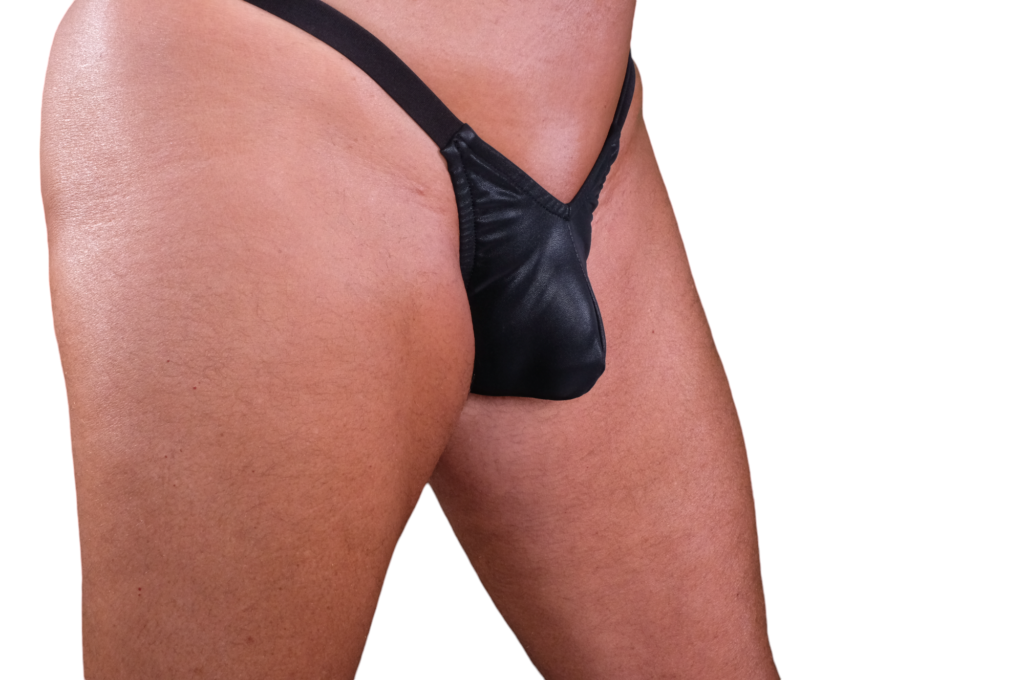Secure in Style: A Love Affair with Gay Swimsuit Designs
Mark had always been a guy who didn’t mind breaking the mold. A laid-back, confident man in his thirties, he’d always enjoyed the beach but never cared much for the traditional trunks and surf shorts most men wore. For him, swimwear was just another way to express himself, and the so-called “rules” about what men should or shouldn’t wear didn’t make any sense.

It all started when he stumbled upon a swim shop online that featured bold, vibrant designs—tiny bikinis, thongs, and even some micro suits that looked almost scandalous in their minimalism. Among the collection, he saw a section labeled “gay swimsuit designs.” It struck him as odd. Gay swimsuit? Mark thought to himself. How could a piece of clothing have a sexual orientation?
Curious, he browsed the selection and found himself drawn to the bright colors and daring cuts. He’d never worn anything like them before, but the idea of trying something new excited him. Mark had always been secure in his masculinity, and he couldn’t care less what other people thought.
The first time he stepped out in public wearing a tiny bikini swimsuit, he could feel the eyes on him, some curious, others judgmental. But he smiled, feeling more liberated than ever. The skimpy fabric clung to his body, accentuating the work he’d put in at the gym. He wasn’t doing it for anyone else, just for himself—because he felt good in it. He didn’t care if people labeled it a “gay swimsuit.” Why should a piece of fabric have a label at all?
As he continued to experiment with different designs, including thongs and micro suits, he noticed a trend: whenever someone commented on his swimwear, it was often accompanied by assumptions about his sexuality. “Aren’t those only for gay men?” someone once asked him at a pool party. Mark shrugged it off with his usual charm.
“I wear what I want because I like how it feels and how it looks. If someone has a problem with that, it’s on them, not me,” he’d respond with a grin. He’d long since realized that labels were for people who needed them. He didn’t.
He even decided to try an MTF transformation swimsuit just for fun, one that reshaped his body in a feminine way. It wasn’t about making a statement or trying to appear as something he wasn’t—it was about enjoying life and trying something new. To him, life was too short to care about fitting into someone else’s boxes.
Mark loved people—all people—regardless of whether they were gay, straight, bi, or somewhere in between. He admired the LGBTQ+ community for its boldness and self-expression, but that didn’t mean his choices had to be political or a declaration of anything beyond his love for variety. If people thought he was gay for wearing these styles, so be it. He was secure in his own skin, and their assumptions couldn’t change that.
He had friends from all walks of life, and if someone had an issue with his choices, he believed they were the ones who needed to reevaluate their perspective. He wasn’t interested in changing their minds, just in being himself.
Mark’s love for swimwear wasn’t about making waves or defying norms—it was simply about feeling free. Whether it was a bright red thong on the beach or a feminine-cut MTF suit for fun, he wore his choices proudly. For him, labels were meaningless. If the world wanted to call them “gay swimsuit styles,” that was fine. But for Mark, they were simply his swimsuits.